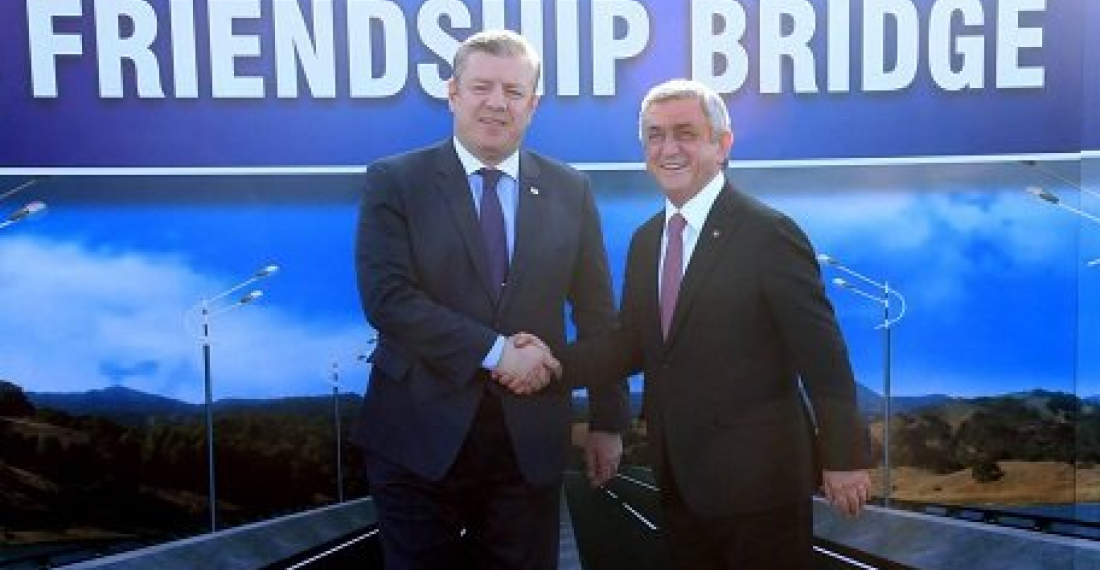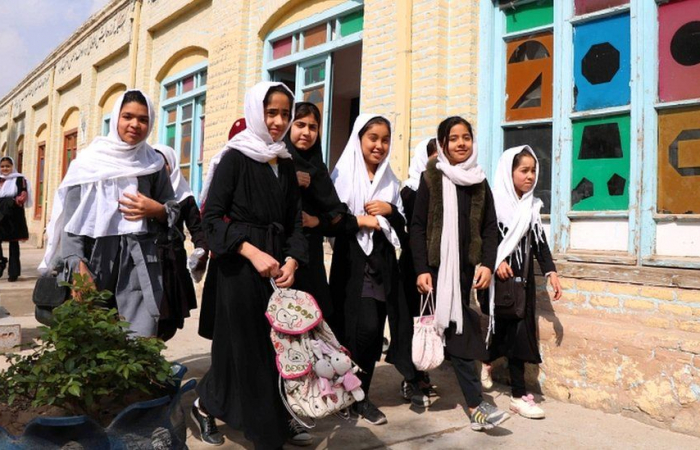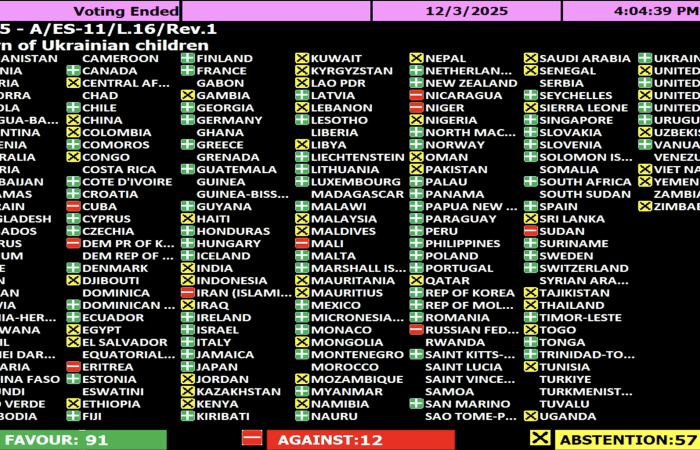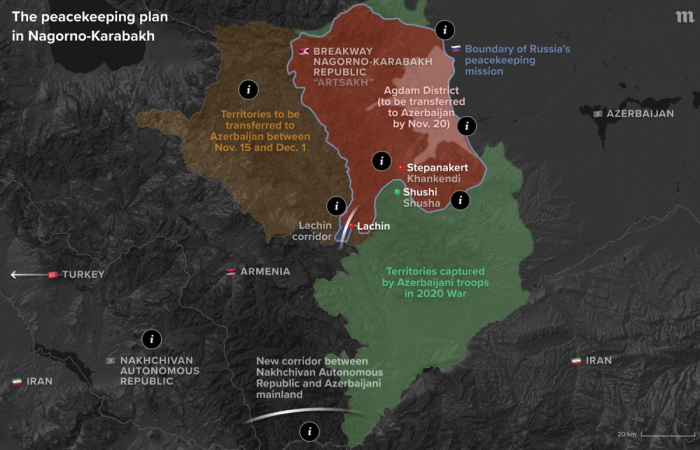The opening of a new border crossing between Armenia and Georgia was also an occasion for the leaders of the two countries to meet and discuss bilateral relations, as well as regional and international developments.
The meeting took place in Bagratashen, on the Armenian side of the crossing where a new bridge is also to be shortly constructed.
Construction of the new bridge will begin next year, said the two officials after the opening ceremony of the new Bagratashen border checkpoint. The new bridge, named Friendship Bridge, at the Sadakhlo-Bagratashen border checkpoint will be completed in less than two years. The bridge will pass over the Debed River and ease traffic between the two countries. Currently this border crossing area has only a single narrow bridge, built in Soviet times.
Construction expenses will be covered by the European Bank for Reconstruction and Development (EBRD) with the support of the two countries' governments.
Welcoming the Georgian Prime Minister Giorgi Kvirikashvili, Armenian president Serzh Sargsyan congratulated the Georgian leader and his party for the success in the recent elections. The Armenian leader said that he hoped the new Georgian parliament and government will continue their programme of reforms for the future development and prosperity of Georgia, as well as for further strengthening Armenian-Georgia good neighborly relations.
According to the press service of the Armenian President, the two leaders "expressed satisfaction with the fact that the two friendly and neighboring states are consistently developing their political cooperation and intensifying interstate meetings thus creating a solid basis for raising the bilateral ties to a qualitatively new level".
The Armenian President and Georgian Prime Minister also referred to the possibilities of expanding the trade and economic cooperation, including in the areas of transportation communication, energy, tourism, and agriculture, the same source reported.
commonspace.eu with the press service of the president of Armenia and agenda.ge
photo: Prime Minister Giorgi Kvirikashvili of Georgia and President Serzh Sargsyan of Armenia at their meeting on 4 November 2016 (picture courtesy of agenda.ge)






